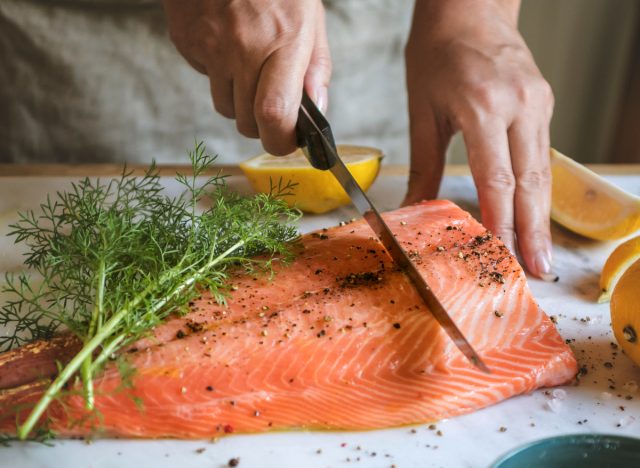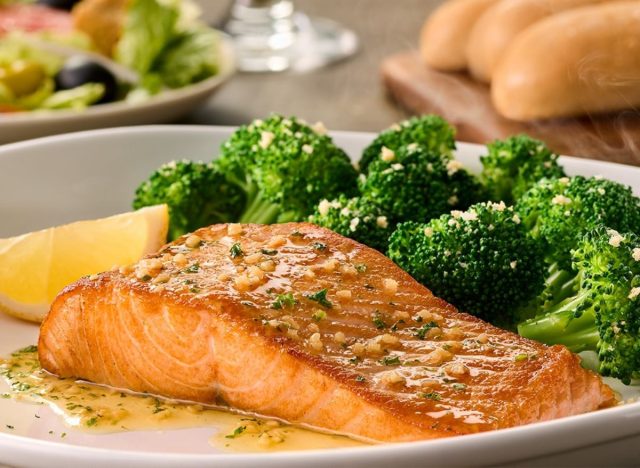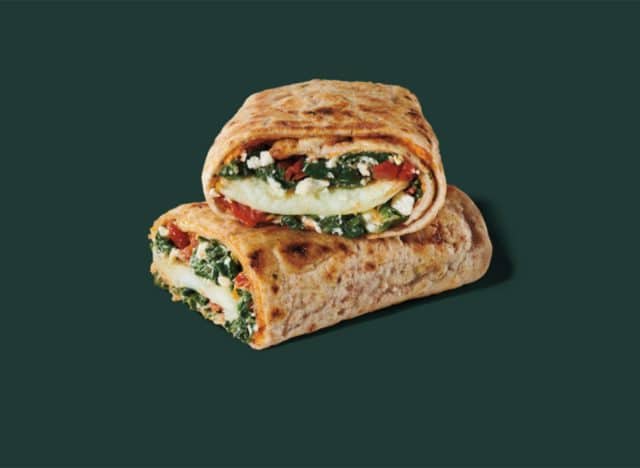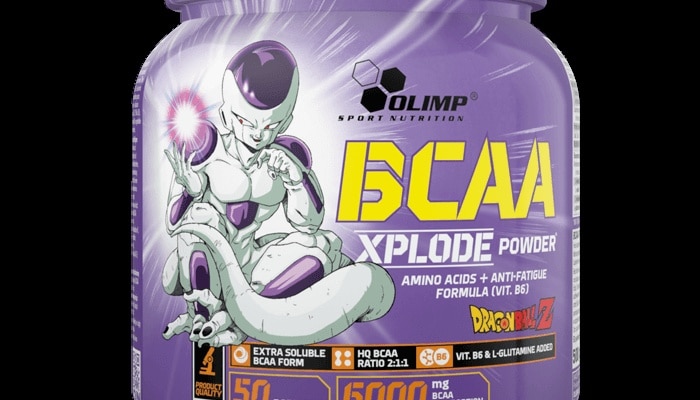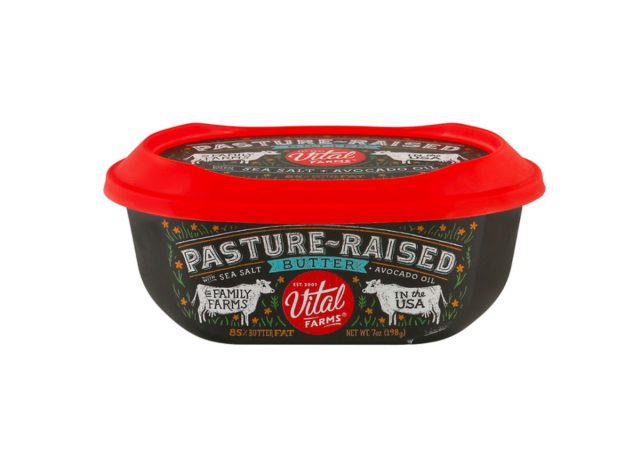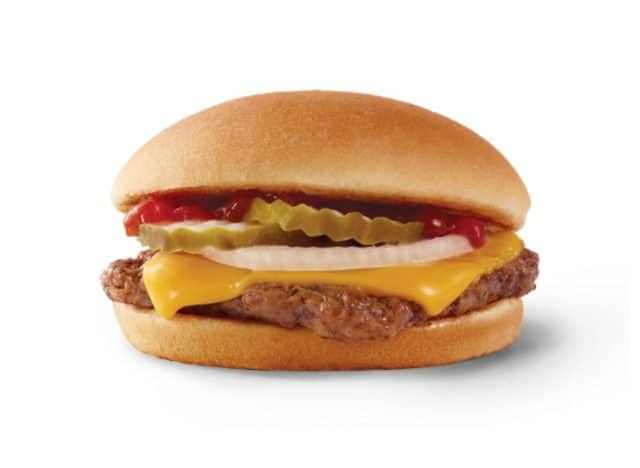While almost everyone knows that high blood pressure can lead to a heart attack and stroke—not everyone knows exactly how. That may be one reason half of adults in the United States have hypertension and only one in four of the have it under control, according to the CDC. But how do you lower your blood pressure?
Most people likely assume the answer is “put down the saltshaker.” While that’s good advice, not adding salt to your food is just one healthy practice to help lower your blood pressure. There are many more eating habits and food prep techniques you can use every day to adopt a lower-sodium diet. We’ll tick off seven of the best below, but first some blood pressure basics that’ll prime your pump, so to speak, toward action.
Plumbing 101
You can think of your circulatory system as a water pump (your heart) and pipes (your blood vessels). Blood pressure is the force the blood pushing against artery walls as your heart pumps blood through those pipes to move oxygen throughout your body. Healthy blood vessels are pliable pipes that easily flex as needed to maintain steady blood flow. However, when arteries become stiff or “hardened” and not able to dilate, your heart must work much harder, increasing the force needed to move the blood through those pipes. That’s high blood pressure.
Long-term hypertension damages the lining of those delicate blood vessels. It can lead to a host of disorders, including enlarged heart muscle, heart failure and heart attack, stroke, dementia, kidney failure, damage to your eyesight, and erectile dysfunction. You can see why you need to be a plumber for your heart and arteries. Take advantage of these practical ways to eat and cook to lower your blood pressure.
Beware of hidden sodium
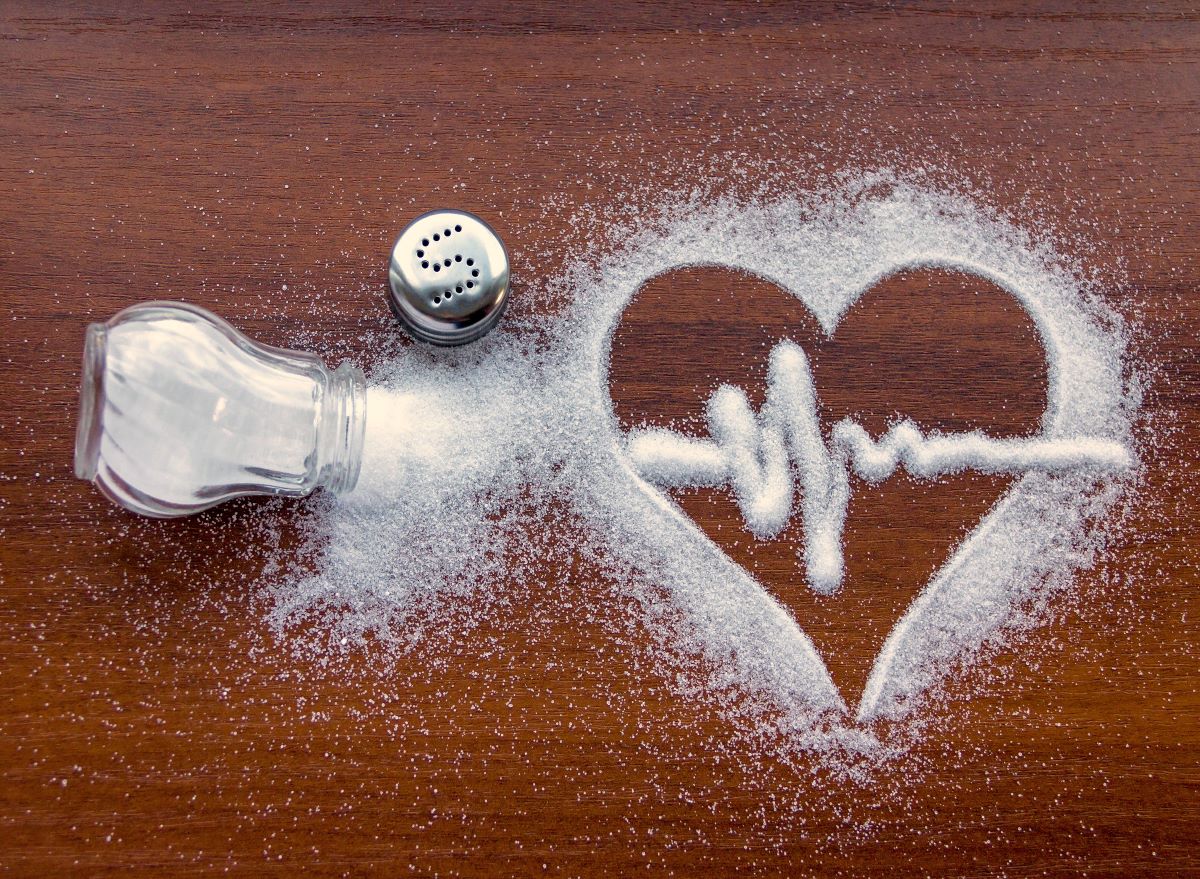 Shutterstock
Shutterstock
When shopping, check nutrition labels carefully. “Labels that say things like ‘25% less sodium’ are often deceiving because they only means that the product has less sodium than their original product,” warns Jamie Nadeau, RD, a registered dietitian and owner of The Balanced Nutritionist. “Also, keep in mind that many high sodium foods don’t taste super salty.”6254a4d1642c605c54bf1cab17d50f1e
Some surprising sources of sodium include breads, cheese, salad dressings, and condiments. One example of this is cottage cheese, which packs about 373 mg of sodium in a half a cup.
2
Use fiber to lower the pressure
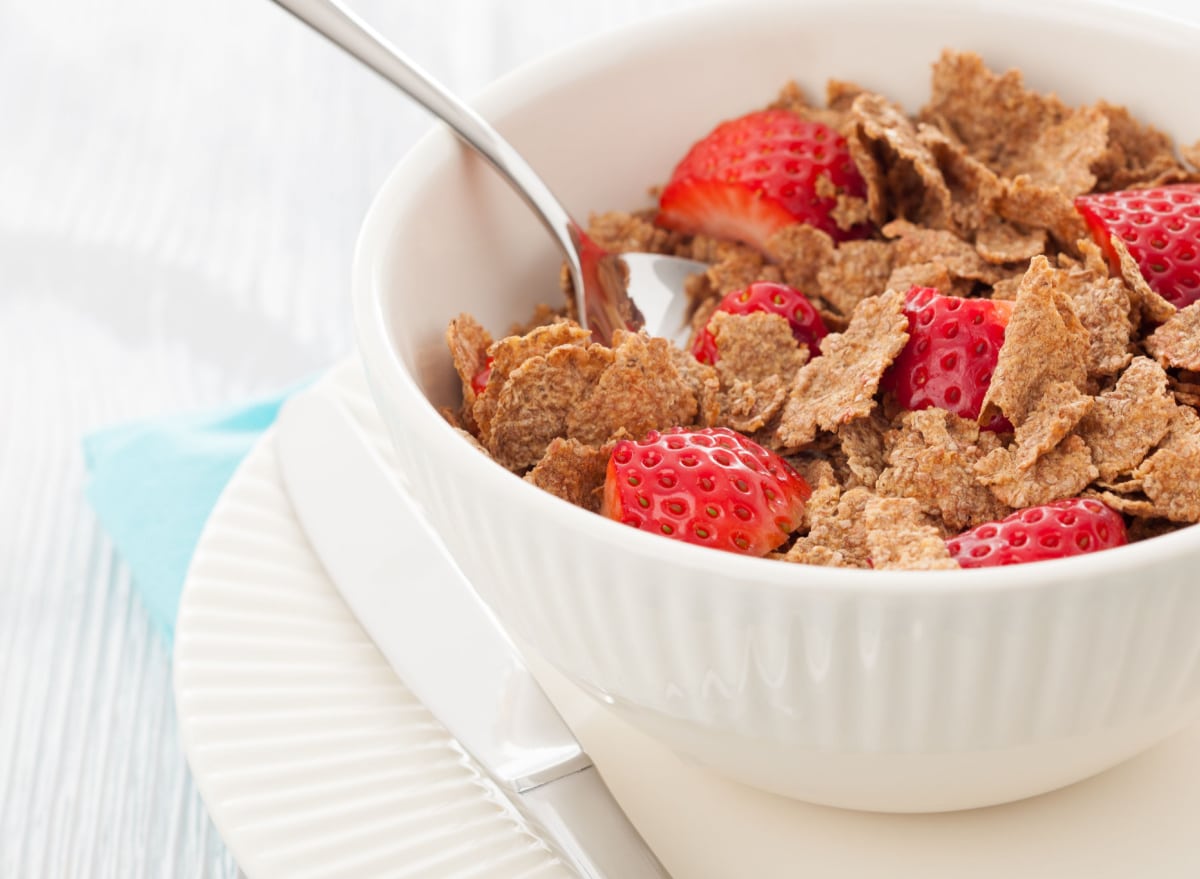 Shutterstock
Shutterstock
Eating more of the healthiest of foods, such as lentils, beans, whole grains, fruits, and vegetables, will help lower your blood pressure, says Rhyan Geiger, RDN, owner of Phoenix Vegan Dietitian. “These foods promote heart health not only with their fiber content but also with the micronutrients and antioxidants they provide as well,” she says. Research in Frontiers in Nutrition links increasing fiber intake to lowering blood pressure.
3
Rinse & dry
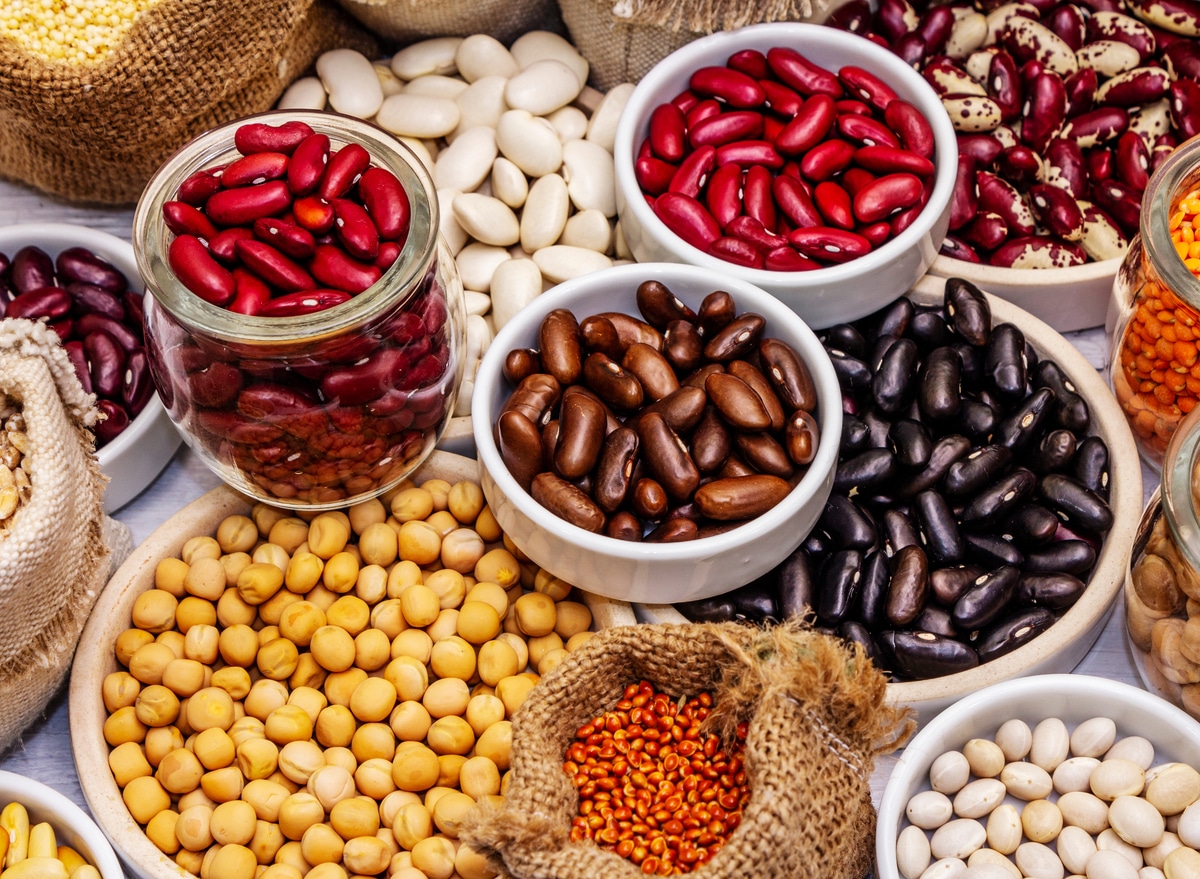 Shutterstock
Shutterstock
You can lower your sodium consumption by choosing pasta and beans in their dry form rather than canned, which tends to use lots of salt as a preservative, says Eatthis.com medical review board expert and registered dietitian nutritionist Lisa R. Young, PhD, RDN, author of Finally Full, Finally Slim & The Portion Teller Plan.
Also, use fresh meats instead of those packaged and preserved. Fresh cuts of beef, chicken or pork contain natural sodium, but much less than is added during processing in products like bacon or ham, says Young. And if you must use canned beans and vegetables for convenience, rinse them under water first to remove sodium. An analysis by The Food Analysis Laboratory Control Center (FALCC) at Virginia Tech found that rinsing and draining canned vegetables with lukewarm tap water reduces sodium content by between 9–23%.
4
Try a salt substitute from the sea
 Shutterstock
Shutterstock
If your food needs a hint of salt to spark up the flavor, try kelp flakes, suggests clinical nutritionist Sara Kahn, MS, CNS, CDN.
“Kelp is a type of seaweed that has been dried and granulated and can be used in place of salt in cooking to impart a savory taste,” Kahn says. “It’s high in iodine and offers other essential nutrients like magnesium, calcium, and iron.”
Another alternative seasoning is gomasio or sesame salt. It can be used as a condiment on salads, soups, pasta, fish, chicken and more.
“Made from a blend of toasted sesame seeds and a small amount of sea salt, it’s lower in sodium than table salt and offers calcium, potassium and iron,” says Kahn.
5
Spice up dishes with herbs
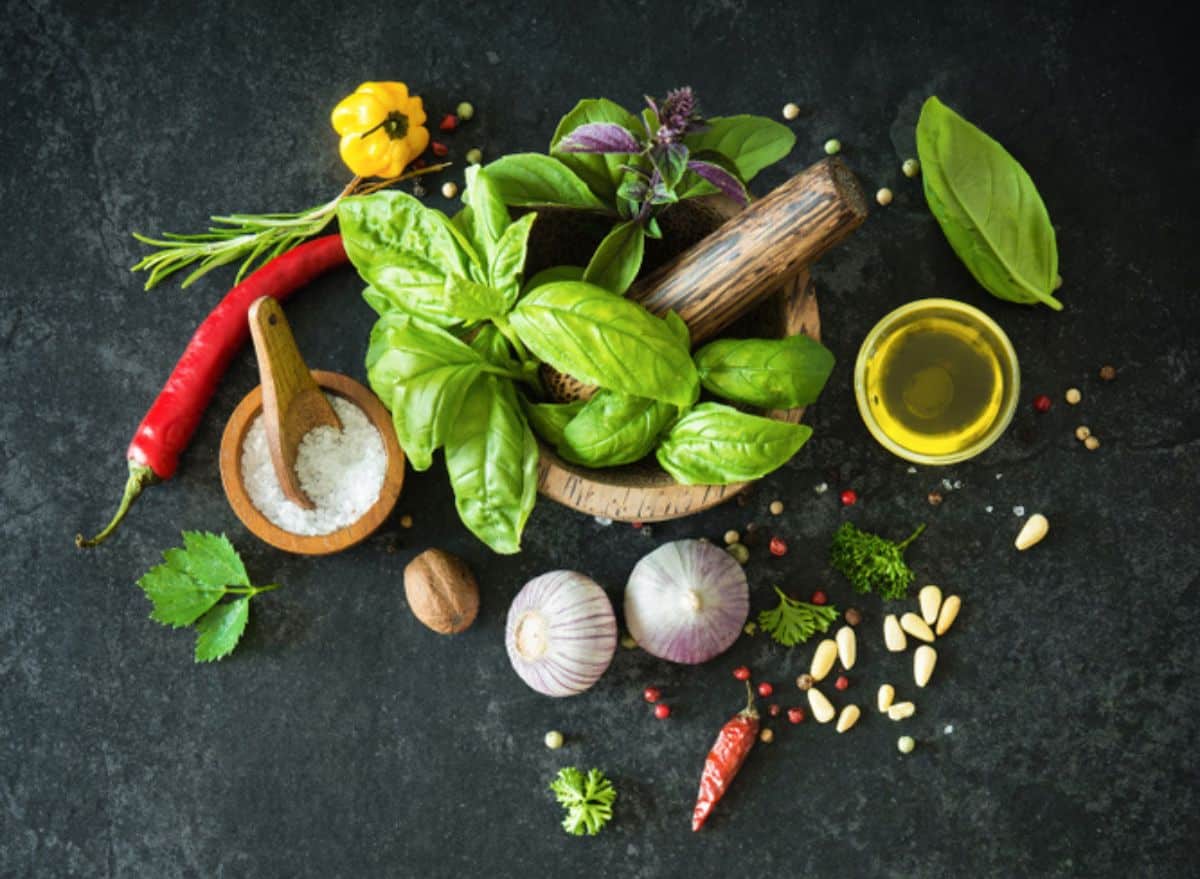 Shutterstock
Shutterstock
Low-sodium cooking can feel challenging at first, especially when making a meal for someone with well-salted tastebuds. One way to mask the missing sodium is to season the meal liberally with salt-free seasonings like herbs and spices.
“When a dish is seasoned well, it often doesn’t need as much salt,” says Nadeau.
Use garlic, onion, lemon juice, onion powder and experiment with fresh and dried herbs and all the spices in your spice rack. Not convinced that garlic will satisfy the salty dog at your dinner table? Get this: In a small study in Pakistan, people with hypertension were fed food samples that were made with different amounts of salt. The results showed that participants preferred the lower salt food samples that contained added garlic.
Make your own low-sodium soy sauce
 Shutterstock
Shutterstock
Have a bottle of soy sauce hiding in your fridge? Don’t toss it. Turn it into a low-sodium soy sauce by diluting it with water, suggests Geiger.
“The low sodium option in store just has water added to give it less salt; you can do the same at home,” Geiger says.
Similarly, if you have jarred sauces or canned vegetables that are high in sodium, you can reduce the overall salt content by combining them with low-sodium versions.
A serving of Ragu Old World Style Marinara Sauce, for example, contains nearly 500 mg of sodium, which is about a third of the 1,500 mg ideal daily limit for most adults recommended by the American Heart Association. Instead of using jarred sauce, top your pasta with heart-healthy olive oil and garlic, suggests Young.
7
Wise up when dining out
 Shutterstock
Shutterstock
When you think about it, most of our dietary sodium doesn’t come from the crystals we sprinkle from the saltshaker. We get salty from two main sources: processed foods and restaurant fare. One of the most effective ways, then, to drastically slash your intake of sodium is to stop eating outside the home. Cook more at home where you have control over your ingredients. But we recognize that most of us aren’t going to stop going to restaurants, so the best next strategy is to go knowing what you’re getting and try to choose lower-sodium meals.
A few years ago, an observational study in the journal Appetite suggested that most people have no clue how much sodium they are consuming at restaurants. Researchers found that one quarter of diners were unable or unwilling to estimate sodium content of their meals. Of those who took a stab at it, 90% underestimated the amount.
The take home message? Be prepared. Check the restaurant’s online menu beforehand. Make your selection before you go and choose lower-in-sodium dishes. Prioritize meals that steamed, baked, broiled, or poached, which tend to involve less sodium. Avoid fried, creamed, and marinated meats, which typically contain much more sodium. Also, avoid the breadbasket since breads are loaded with salt. Having a burger?
“Instead of cheese, ask for avocado for creamy texture and added fiber,” adds Kahn.
“Ask for dressings and sauces on the side so you can control the amount used,” says Kahn. These add-ons are usually very high in sodium.



